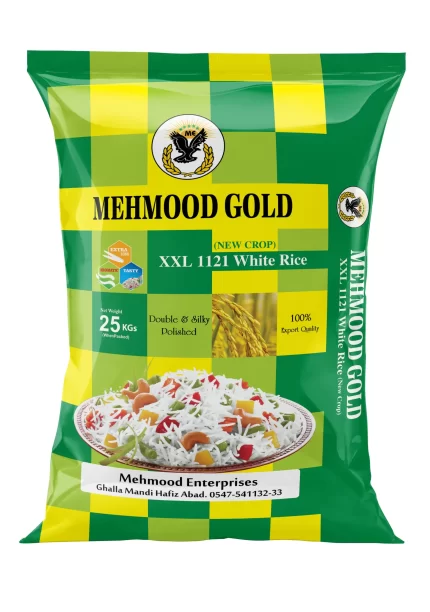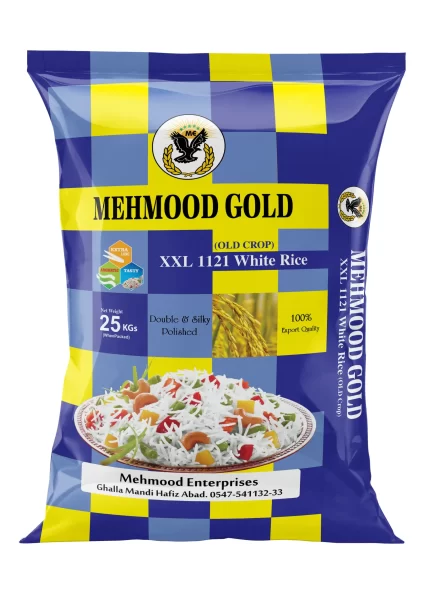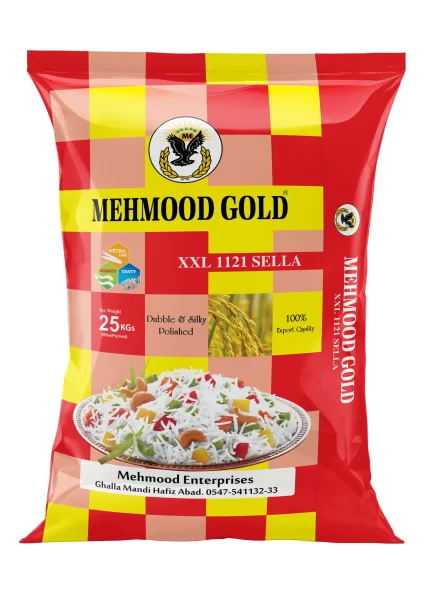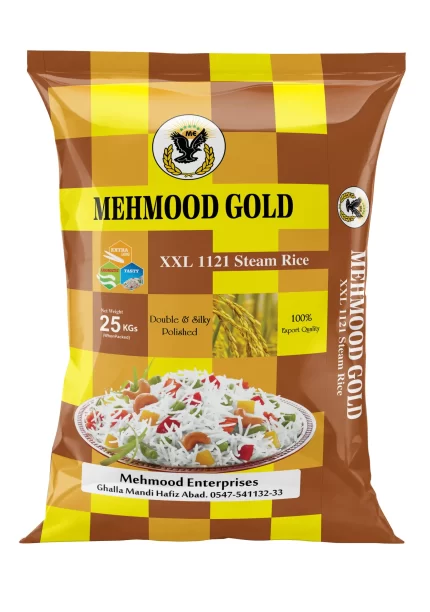When it comes to managing diabetes, diet plays a crucial role. People with diabetes often wonder about the suitability of various food items, and one common question that arises is whether basmati rice is good for diabetics.
In this article, we will explore the impact of basmati rice on blood sugar levels, its nutritional value, and its overall suitability for individuals with diabetes. By the end, you’ll have a clearer understanding of whether basmati rice can be a part of a diabetic-friendly diet.
Understanding Diabetes
Diabetes is a chronic condition characterized by high blood sugar levels. It occurs when the body either doesn’t produce enough insulin or doesn’t use it effectively. Individuals with diabetes need to be mindful of their carbohydrate intake as carbs have the most significant impact on blood sugar levels.
The Nutritional Profile Of Basmati Rice
Basmati rice is a type of long-grain rice commonly consumed in many parts of the world. It is known for its distinct aroma and delicate flavor. From a nutritional standpoint, basmati rice is a good source of carbohydrates, providing energy to the body. It also contains essential vitamins and minerals like thiamine, niacin, and magnesium.
The Glycemic Index Of Basmati Rice
The glycemic index (GI) measures how quickly a particular food raises blood sugar levels. Foods with a low GI are digested and absorbed more slowly, resulting in a gradual increase in blood sugar levels. Basmati rice has a low to medium GI, which means it doesn’t cause a rapid spike in blood sugar levels compared to other types of rice.
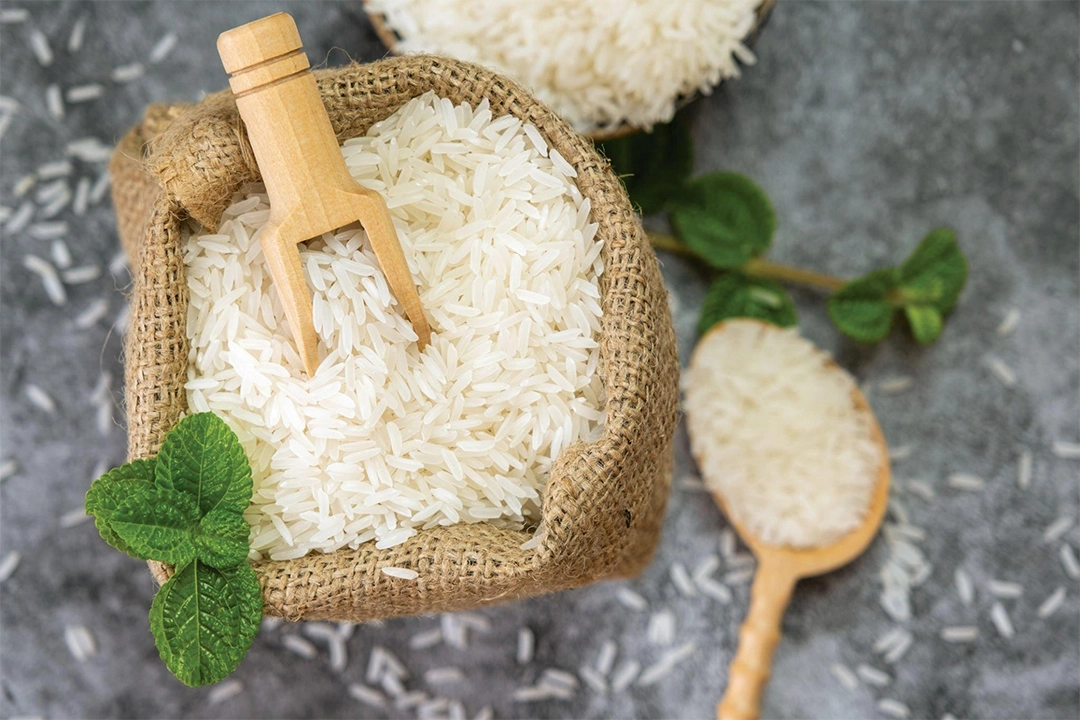
Basmati Rice And Blood Sugar Control
Due to its low to medium GI, basmati rice can be a suitable option for individuals with diabetes. It provides a steady release of glucose into the bloodstream, preventing sudden spikes in blood sugar levels. However, portion control and overall carbohydrate intake should be taken into consideration to maintain blood sugar control.
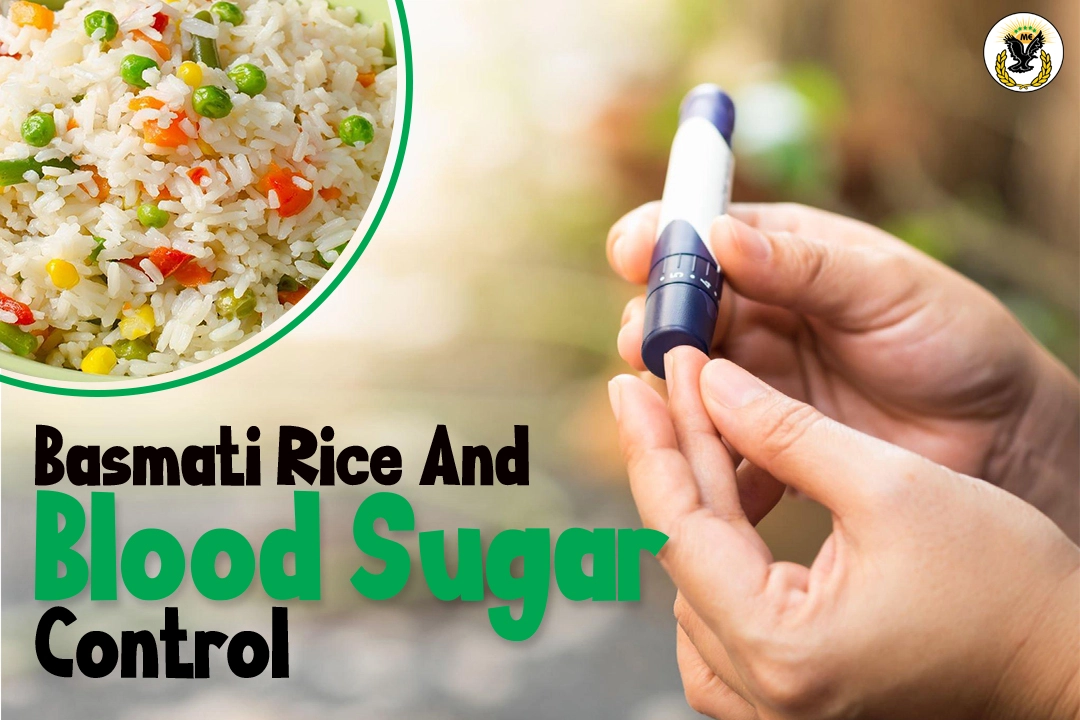
Portion Control And Basmati Rice
While basmati rice may be favorable for diabetics, portion control is essential. It’s crucial to keep track of the serving size to prevent excessive carbohydrate intake. A recommended portion size of cooked basmati rice is about half a cup to one cup, depending on an individual’s specific dietary needs.
Preparing Basmati Rice For Diabetics
To make basmati rice even more diabetes-friendly, it is advisable to rinse the rice thoroughly before cooking. This helps remove excess starch, reducing the impact on blood sugar levels. Additionally, cooking the rice with healthy fats like olive oil or coconut oil can further slow down its digestion and minimize the glycemic response.
Basmati Rice And Fiber Intake
Fiber is an essential component of a diabetic-friendly diet. It aids in digestion, slows down the absorption of glucose, and helps maintain stable blood sugar levels. While basmati rice is not particularly high in fiber, it can be paired with fiber-rich foods like vegetables, legumes, or a side salad to increase overall fiber intake.
Basmati Rice And Other Health Benefits
Apart from its impact on blood sugar levels, basmati rice offers several other health benefits. It is naturally gluten-free, making it a suitable choice for individuals with gluten intolerance or celiac disease. Basmati rice also contains some antioxidants and may have anti-inflammatory properties.
Alternatives To Basmati Rice For Diabetics
While basmati rice can be included in a diabetic meal plan, some individuals may prefer or require alternatives. Quinoa, brown rice, wild rice, sella rice, and cauliflower rice are some options that provide lower glycemic responses and higher fiber content. It’s important to experiment and find the best options that suit individual preferences and dietary needs.
Including Basmati Rice In A Diabetic Meal Plan
When incorporating basmati rice into a diabetic meal plan, it’s crucial to create a well-balanced plate. Alongside basmati rice, one should include non-starchy vegetables, lean protein sources, and healthy fats. This combination helps regulate blood sugar levels, provides essential nutrients, and promotes overall health.
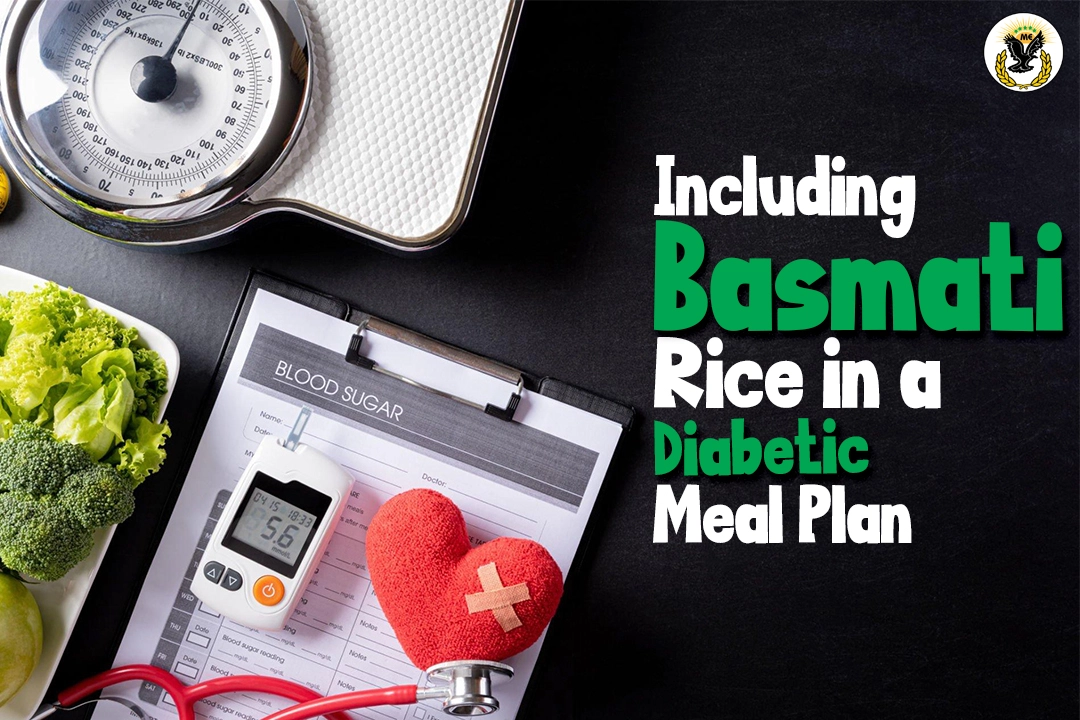
Basmati Rice Recipes For Diabetics
There are numerous delicious and nutritious recipes that incorporate basmati rice for individuals with diabetes. Some options include vegetable stir-fry with basmati rice, basmati rice pilaf with herbs and spices, or basmati rice salad with mixed greens and protein. These recipes offer variety and ensure a balanced meal.
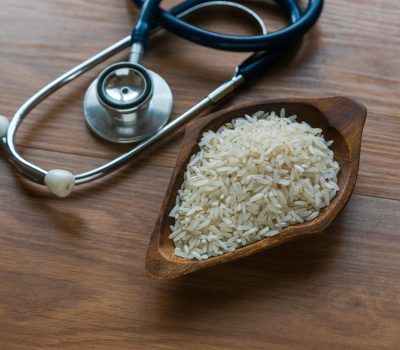
Tips For Managing Diabetes With Basmati Rice
- Monitor portion sizes and practice portion control.
- Rinse basmati rice thoroughly before cooking to remove excess starch.
- Cook basmati rice with healthy fats to slow down digestion.
- Pair basmati rice with fiber-rich foods to increase overall fiber intake.
- Consult a healthcare professional or registered dietitian for personalized guidance.
Common Myths About Basmati Rice And Diabetes
Myth 1: Basmati rice is off-limits for diabetics.
Fact: Basmati rice can be included in moderation as part of a well-balanced diabetic meal plan.
Myth 2: Basmati rice causes a rapid spike in blood sugar levels.
Fact: Basmati rice has a low to medium glycemic index, resulting in a slower release of glucose into the bloodstream.
Myth 3: Basmati rice lacks nutritional value.
Fact: Basmati rice provides carbohydrates, vitamins, and minerals, contributing to overall nutrition.
Myth 4: Basmati rice is the only suitable rice for diabetics.
Fact: There are alternative rice options and non-rice alternatives that can be included in a diabetic meal plan.
Consultation With A Healthcare Professional
It is important to remember that every individual’s dietary needs and health conditions vary. It’s recommended to consult with a healthcare professional or a registered dietitian to determine the most appropriate meal plan for managing diabetes.
Conclusion
In conclusion, basmati rice can be a part of a diabetic meal plan when consumed in moderation and paired with other healthy food choices. It is low to medium glycemic index, and nutritional value makes it a suitable option for individuals with diabetes. However, portion control, overall carbohydrate intake, and individual preferences should be considered. With proper planning and guidance from healthcare professionals, individuals with diabetes can enjoy a diverse and satisfying diet that includes basmati rice.
Frequently Asked Questions
Ans: Basmati rice has a lower glycemic index compared to some other types of rice, making it a favorable choice for diabetics. However, portion control and overall carbohydrate intake are key factors to consider.
Ans: The recommended portion size of cooked basmati rice for a diabetic person is about half a cup to one cup, depending on their specific dietary needs and overall meal composition.
Ans: Rinsing basmati rice before cooking can help remove excess starch, potentially reducing its impact on blood sugar levels. It is a simple step that can be beneficial for individuals with diabetes.
Ans: Yes, there are alternative rice options for diabetics, such as quinoa, brown rice, wild rice, and cauliflower rice. These alternatives provide different nutritional profiles and may have a lower glycemic response.
Ans: It is advisable to consult a healthcare professional or a registered dietitian before making any significant changes to your diet. They can provide personalized guidance based on your specific health needs.


